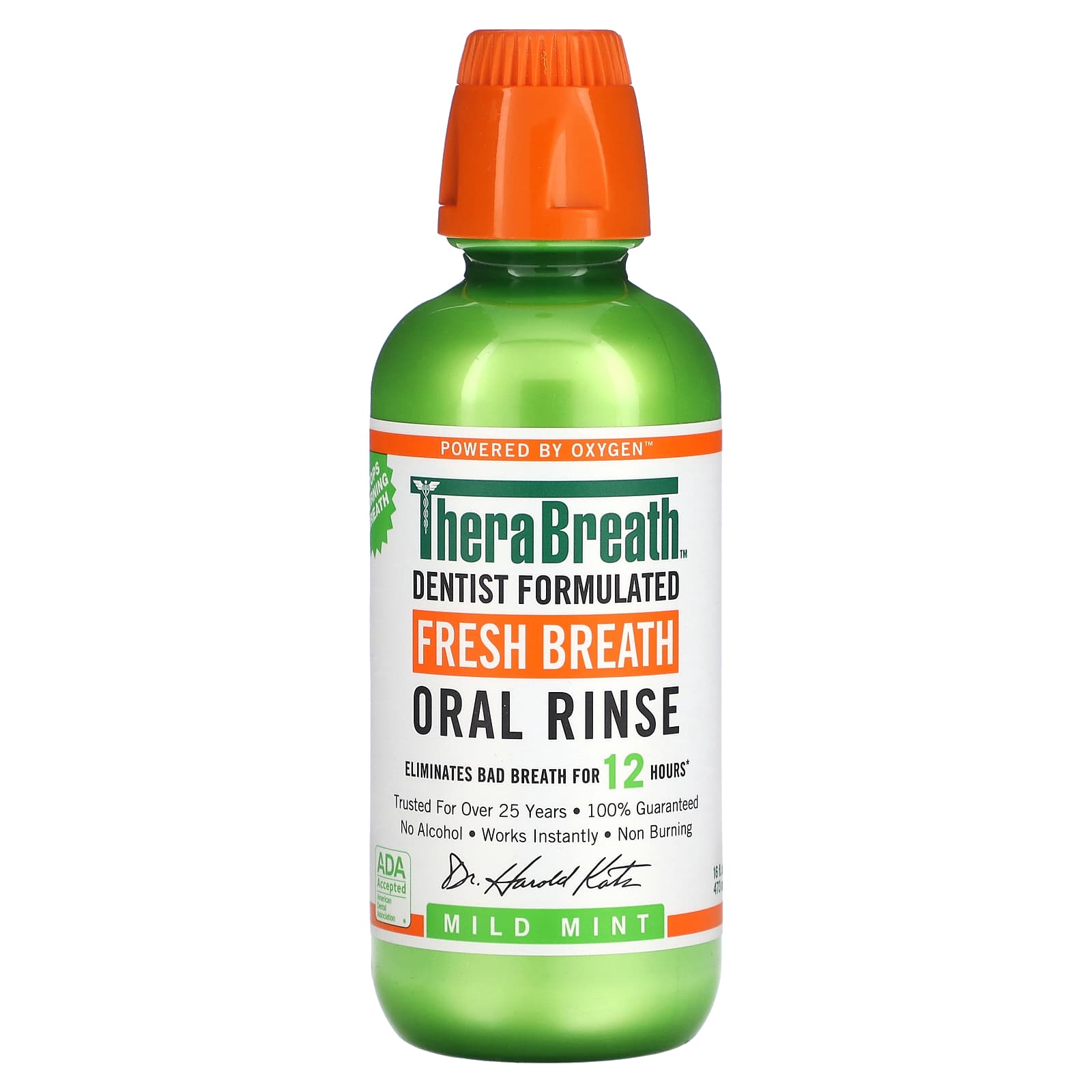Indoor air is an under-recognised avenue for exposure to potentially harmful pollutants. Fortunately, there are many actions you can take to minimise the health risks. This is why it is important to be getting fresh air, indoors.
With Australia and New Zealand having lost much industrial activity to countries overseas and as the proportion of internal combustion vehicles on the roads continues to fall as they are substituted with electric cars, it is easy to mistakenly conclude that the challenge of pollution has largely been solved. Against this background, the issue of indoor air quality often receives less attention than it deserves. In both countries, the average person spends about 90 per cent of their time indoors, underscoring the importance of this issue.
In addition to chemicals, other indoor pollutants include dust, mould, mites, pollen, microplastics and bacteria. Studies have found that levels of indoor pollution can be two to five times higher than outdoors. As the average home today is more airtight than a decade or two ago, reduced airflow can lead to an increased concentration of these pollutants.
Globally, around 30 per cent of people use fuelwood for cooking, heating or lighting, creating harmful particulates. Short-term symptoms include eye, nose and throat irritation. Long-term effects can include reduced lung function and the development of heart and respiratory disease. The World Health Organization (WHO) backs the use of LPG instead, which has been found to roughly halve indoor particulate levels. Neither fuel is ideal from a climate change perspective. In arid areas especially, deforestation caused by sourcing wood for domestic consumption is a serious problem. Another direction involves the spread of ultra-efficient cookstoves that reduce pressure on wood sources. Additionally, design features that minimise particulate emissions.
The role of chemical sensitivity
People with multiple chemical sensitivity (MCS) are most likely to be affected by indoor pollutants. These are individuals who may encounter symptoms such as nausea, fatigue and dizziness. Traditionally, there was a tendency to think that this condition was psychological in origin. However, such a notion is challenged by a 2023 study that revealed brain imaging differences including the sensitisation of certain receptors.
Those with MCS need to be vigilant about minimising a wide range of chemical exposures. Volatile organic compounds (VOCs), a class of chemicals that includes formaldehyde and benzene, are the number-one trigger for people with MCS. A survey carried out in 2019 looked at people in the UK, USA, Australia and Sweden and found that about a third considered themselves sensitive to synthetic fragrance, a product usually made with VOCs.
The chemical sensitivity issue goes beyond domestic settings and extends to a range of other environments including offices, shopping centres, hospitals and classrooms.
Sick building syndrome
Decades ago, a pattern of symptoms was identified in office workplaces, including throat irritation, headaches and difficulty concentrating. This came to be known as “sick building syndrome”, a term coined by the WHO in 1986. Likely causes are thought to include poor ventilation, chemicals, low humidity, unhealthy positive ions emitted by electronics and inadequate lighting.
Sick building syndrome has a negative effect on productivity, in addition to contributing to a poorer-quality experience at work. The easiest way to confirm its existence is when symptoms reliably occur while in the building and go away when away from it.
Strategies include reducing the time spent in the office, removing the sources of chemicals where feas

